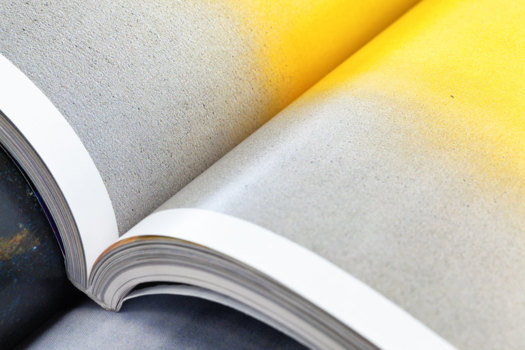Outcome of the research revealed blue to be the universally favoured colour by both sexes, but additionally females had a special affinity for the red end of the spectrum tending to reinforce the popular notion that girls/women had a liking for pinks and lilacs. Seemingly the colour preferences of the sexes are buried deep in the human psyche and ancient history when men hunted wild game over long distances, while women gathered plants locally and searched for ripened fruit and berries and nutritious young leaves. Scientists appear to engage in the strangest of quests.
Talk of feminine and masculine colours transported me back to a time when the industry educated and trained recruits
or apprentices.
When attending day-release classes as a tyro compositor at the Camberwell School of Arts and Crafts, I recall an early lesson in typographic design. It covered, in simple terms, the psychological associations of colours: red as warm, blue as cold, green as restful, violet as regal, and so on. Moreover the tints of colours were regarded as feminine and the strong undiluted hues as masculine.
Allied to the topic was the feminine and masculine nature of typefaces. Scripts, filigree, and delicate letters were said to be feminine, while strong robust typefaces were considered masculine. Perhaps the opinions expressed were elementary and uncomplicated, but interesting in the light of contemporary research.
The psychology of colour choice
Scientists at Newcastle University recently published, in an issue of Current Biology, the results of research examining the colour preferences of the sexes. Any colour predilections were deem-ed to be biologically based and not culturally, a conclusion reached from the inclusion of European and Chinese subjects in the study.







